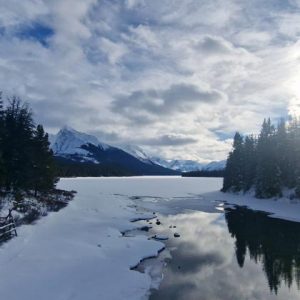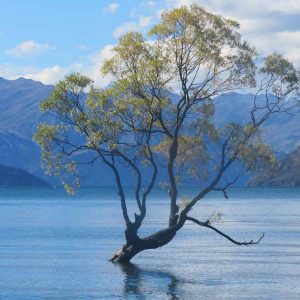Salvador, Rio de Janeiro, and Montevideo
Sunbathing and frequent dips into the infinity pool on Viking Sun were a fine way to enjoy sea days and the equatorial sun, but soon we arrived at Salvador ready for some land exploration.
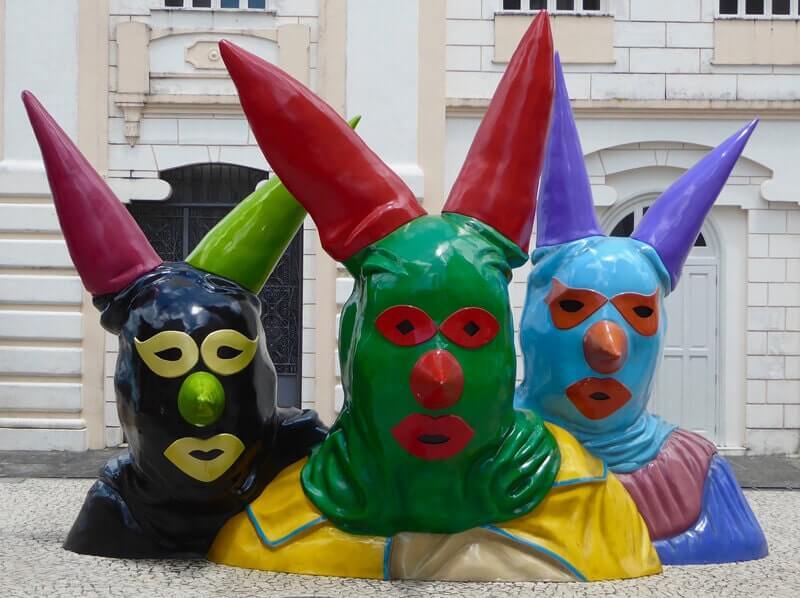 Established by the Portuguese in 1549, they landed with 400 settlers including priests and prostitutes. I’ve no idea how well the latter fared, but the former certainly did well with more churches in the city than you can shake a stick at. This latest ‘acquisition’ by the Portuguese was established as Brazil’s capital and remained so until 1763 when the honour passed to Rio de Janeiro. There were plenty of echoes of Lisbon to discover as we wandered around, the wavy floor tiles at Terreiro de Jesus or the Elevador (lift) Lacerda which connects the upper and lower parts of the city. Vibrant markets, street hawkers and quirky sculptures, all set to a colonial architectural backdrop gave the city a lively atmosphere, echoing prosperous days gone past. It’s the churches that steal the show, however, with Igreja e Convento Sao Francisco (finished in 1723) dripping gold leaf over ornate wood carvings and hand painted mural tiles in the convent courtyard. Less a subtle reminder of days of wealth and splendour, a more gaudy smack in the eye with a gold bar. Much more tastefully done is Catedral Basilica (newly renovated but dates from 1672) a more elegant blend of marble, towering pillars, gold and carved jacaranda.
Established by the Portuguese in 1549, they landed with 400 settlers including priests and prostitutes. I’ve no idea how well the latter fared, but the former certainly did well with more churches in the city than you can shake a stick at. This latest ‘acquisition’ by the Portuguese was established as Brazil’s capital and remained so until 1763 when the honour passed to Rio de Janeiro. There were plenty of echoes of Lisbon to discover as we wandered around, the wavy floor tiles at Terreiro de Jesus or the Elevador (lift) Lacerda which connects the upper and lower parts of the city. Vibrant markets, street hawkers and quirky sculptures, all set to a colonial architectural backdrop gave the city a lively atmosphere, echoing prosperous days gone past. It’s the churches that steal the show, however, with Igreja e Convento Sao Francisco (finished in 1723) dripping gold leaf over ornate wood carvings and hand painted mural tiles in the convent courtyard. Less a subtle reminder of days of wealth and splendour, a more gaudy smack in the eye with a gold bar. Much more tastefully done is Catedral Basilica (newly renovated but dates from 1672) a more elegant blend of marble, towering pillars, gold and carved jacaranda.
The food on Viking Sun was delicious (perhaps too delicious for my waistline). A more traditional experience was offered in The Restaurant where the cuisine was carefully prepared and beautifully served. We could often time a meal here with a pre-dinner glass of bubbly in the Explorers bar, watching the sun set and listening to the resident guitarist King crooning some popular songs.
Another option was the Chef’s Table (one of the bookable speciality restaurants) which had a regularly changing fixed menu, showcasing foods around the world, and we eagerly anticipated every visit.
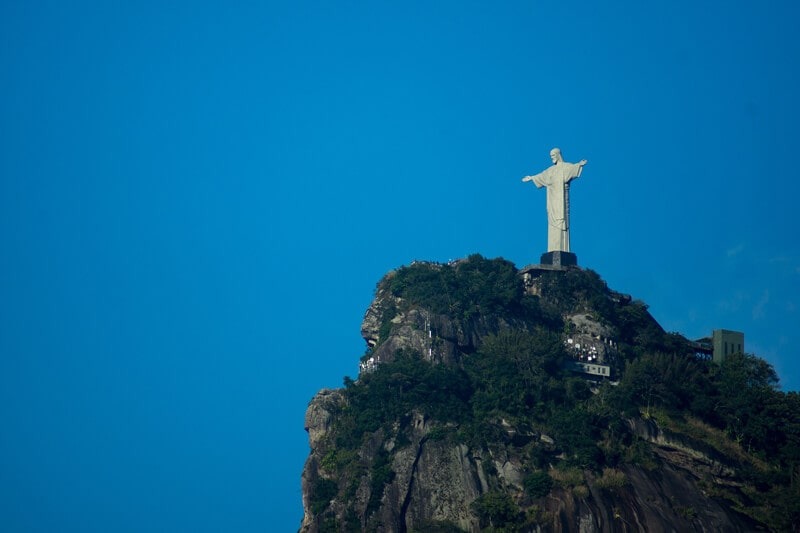 The river of January is hardly a name to get anyone’s blood pumping but translate that into Portuguese and Rio de Janeiro is synonymous with evocative thoughts of carnivals and Samba, which may well get your pulse racing. We started our time in Rio with a double cable car ride to the top of Sugarloaf Mountain (fortunately a ride completed without 007 and Jaws fighting in/on the cable car as in the Moonraker film). After dark and from 395m above Rio we were treated to spectacular views of the lights of the city.
The river of January is hardly a name to get anyone’s blood pumping but translate that into Portuguese and Rio de Janeiro is synonymous with evocative thoughts of carnivals and Samba, which may well get your pulse racing. We started our time in Rio with a double cable car ride to the top of Sugarloaf Mountain (fortunately a ride completed without 007 and Jaws fighting in/on the cable car as in the Moonraker film). After dark and from 395m above Rio we were treated to spectacular views of the lights of the city.
The following day we visited Christo Redentor (Christ the Redeemer) monument which we could see lit up to the west of us the night before and surely one of the most iconic landmarks on the planet. We made our way to the statue via the funicular that takes you through the Tijuana forest and climbed the final few steps to take that essential selfie with the 38m high 1,145-ton landmark at the 710m summit. This mountain is called Corcovado (Hunchback) and offers amazing views of Rio and the surrounding mountains, worth the trip up on its own, plus the chance to spot the cute marmosets that hang about in the trees near the top (tourists’ fingers are a particularly tasty treat for them apparently).
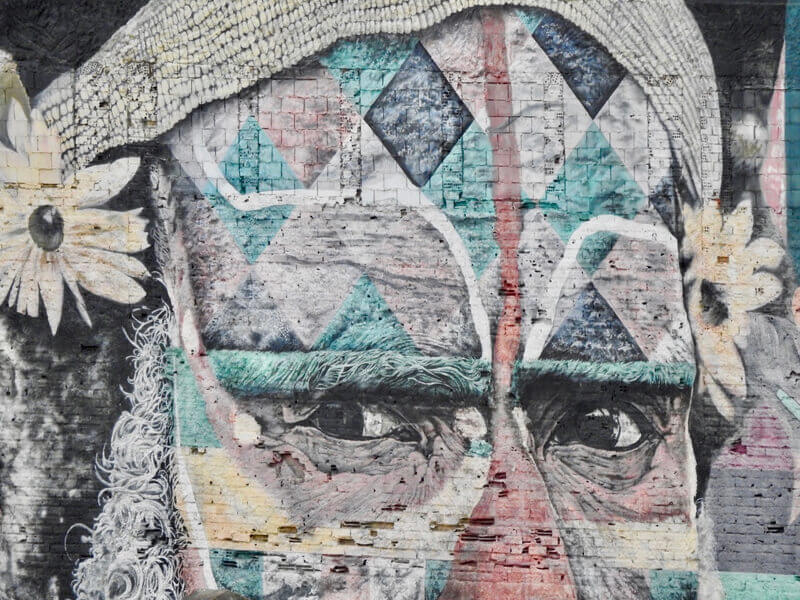 A city tour took us to some of the finer buildings of the city including the impressive opera house and the eyecatching aqueduct that brought water into the city at onetime but is now used as a tram line. A visit to Rio would not be complete without a visit to the beaches that spawned the famous songs; Ipanema and Copacabana. Both boast long stretches of golden sand (the latter being 4km long) and some impressive sand art. Even the cruise port at Rio has something to boast about with Eduardo Kobra’s mural on ethnicity taking up 3,000 square metres of the port wall and being acknowledged by the Guinness Book of Records as the largest piece of graffiti art in the world. It was a real privilege to be able to sit on our balcony with a cup of tea and just admire the artwork. Our send-off from Rio was carnival style with a special Brazilian evening onboard, with all the staff (like the ever-smiling Courtney) getting into the spirit of the event.
A city tour took us to some of the finer buildings of the city including the impressive opera house and the eyecatching aqueduct that brought water into the city at onetime but is now used as a tram line. A visit to Rio would not be complete without a visit to the beaches that spawned the famous songs; Ipanema and Copacabana. Both boast long stretches of golden sand (the latter being 4km long) and some impressive sand art. Even the cruise port at Rio has something to boast about with Eduardo Kobra’s mural on ethnicity taking up 3,000 square metres of the port wall and being acknowledged by the Guinness Book of Records as the largest piece of graffiti art in the world. It was a real privilege to be able to sit on our balcony with a cup of tea and just admire the artwork. Our send-off from Rio was carnival style with a special Brazilian evening onboard, with all the staff (like the ever-smiling Courtney) getting into the spirit of the event.
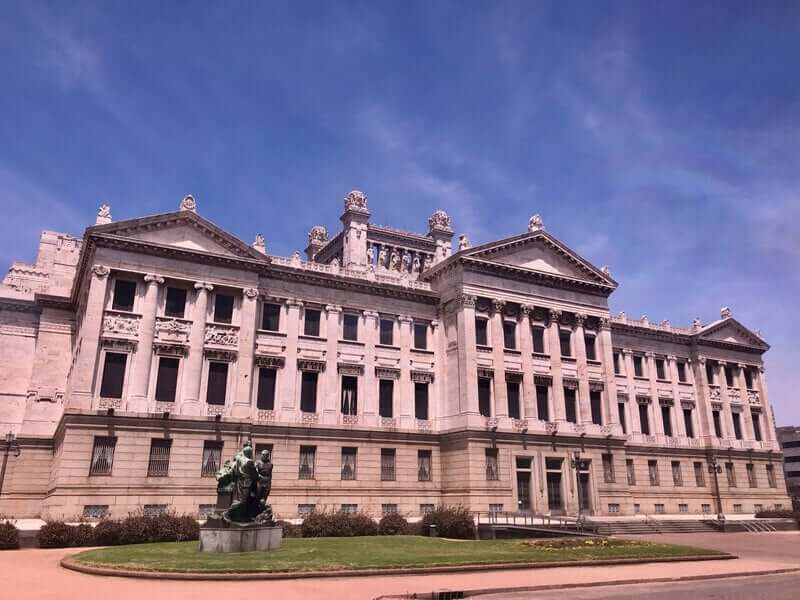 Our final port excursion was in Montevideo, Uruguay. Arguably the most productive and progressive (they gave the vote to women before the UK) of the South American countries. Known by war history buffs for the battle of the River Plate, where the German battleship Admiral Graf Spee was badly damaged by allied forces. The captain took refuge in Montevideo port before scuttling the ship to prevent its capture. The anchor of the ship can be seen when exiting the port. The Parliamentary Legislative Council building is one of the finest examples of some impressive colonial era buildings, whilst Monumento la Carreta was perhaps its most impressive monument. The bronze sculpture created in honour of ox cart drivers of the 19th century was first installed in 1934 by sculptor Jose Belloni. Such is the esteem of this historic Uruguayan monument, a full time and somewhat fearsome guard dares you to get too close and touch it. She scared the life out of me, so I never went near.
Our final port excursion was in Montevideo, Uruguay. Arguably the most productive and progressive (they gave the vote to women before the UK) of the South American countries. Known by war history buffs for the battle of the River Plate, where the German battleship Admiral Graf Spee was badly damaged by allied forces. The captain took refuge in Montevideo port before scuttling the ship to prevent its capture. The anchor of the ship can be seen when exiting the port. The Parliamentary Legislative Council building is one of the finest examples of some impressive colonial era buildings, whilst Monumento la Carreta was perhaps its most impressive monument. The bronze sculpture created in honour of ox cart drivers of the 19th century was first installed in 1934 by sculptor Jose Belloni. Such is the esteem of this historic Uruguayan monument, a full time and somewhat fearsome guard dares you to get too close and touch it. She scared the life out of me, so I never went near.
Viking have introduced us to this part of South America with a combination of military organisation, great service and special touches. We have no hesitation in entrusting our further exploration of the oceans into their capable hands.
Silver Travel Advisor recommends Viking Ocean Cruises.


